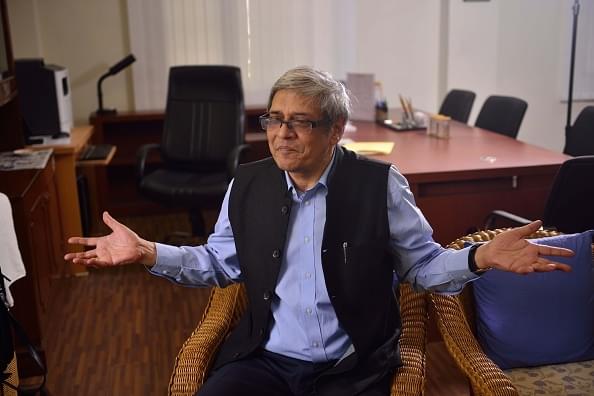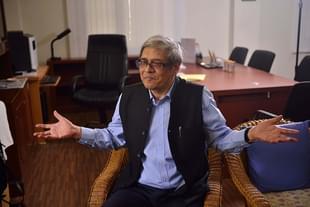Economy
Niti Aayog’s Debroy Says Around 1.6 Lakh Crore Of Old Currency Won’t Come Back
Swarajya Staff
Jan 10, 2017, 12:32 PM | Updated 12:32 PM IST
Save & read from anywhere!
Bookmark stories for easy access on any device or the Swarajya app.


While the Reserve Bank of India (RBI) is still reconciling the quantum of demonetised currency that has been returned to banks by the 30 December, 2016 deadline, NITI Aayog member Bibek Debroy feels about 10 per cent of such notes won't return to the system.
"Even now, Rs 1.6 lakh crore is what will be missing at the end of it all. Those are the figures. If I take a base of roughly rounding off demonetised currency around Rs 16 lakh crore, 10 per cent of it is about Rs 1.6 lakh crore," Debroy told IANS in an interview.
As this Swarajya column argued yesterday, specified bank notes (SBNs) worth Rs 1.66 lakh crore haven’t returned to banks if one were to look at the amount of SBNs deposited with banks and post offices. Earlier, the State Bank Of India’s (SBI) Ecowrap had also estimated that around Rs 1.5 lakh crore was unlikely to return to banks.
"Figures say that still Rs 1.5 lakh crore that has not come back. There is still a gap. People have made estimates that may be 10 per cent will not come back," Debroy said.
The last figure released by the RBI was that deposits of Rs 12.44 lakh crore have been received till December 10, 2016.
"Now that the scheme has come to an end these figures would need to be reconciled with physical cash balances to eliminate accounting errors/possible double counts. Till this is completed, any estimate may not indicate the actual numbers of the SBNs that have been returned," RBI had said.
Debroy said the bulk of the old currency coming in is a positive indication.
"I can look at it as a positive thing. If it doesn't come back, then that currency is destroyed. It reduces the RBI's liability to that extent. For the amount that comes into the system, people will have to pay taxes, penalties, that is the money that actually comes to the government," he said.
The scrutiny of the money deposited in banks, however will take time, he added.
Debroy also said demonetisation has checked the disproportionate cash in the Indian society, and that the cash-GDP ratio in India is way higher than its other Asian counterparts.
"Around 2000, the cash-GDP ratio in India used to be around 9 per cent while today it has gone up to 13 per cent. Obviously the use of cash is disproportionately high to what is required for transaction purposes," he said.
With inputs from IANS.





